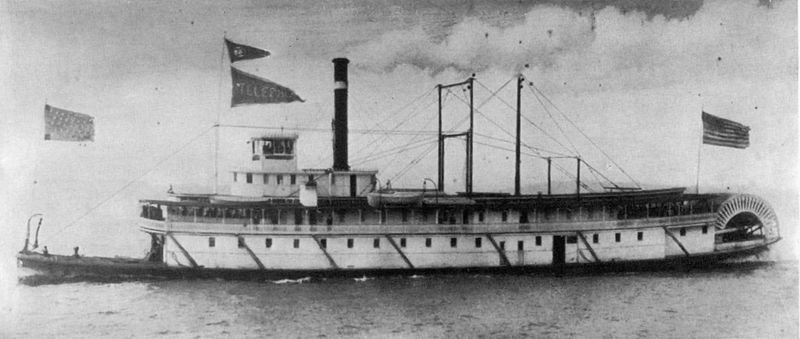I know this thread is all about trawler cruisers,,, Are us sternwheeler guys allowed?????
Am currently rebuilding a 75ft by 20ft sternwheeler to cruise the inland river system of the US.... projected completion is December 2019,,,,
Paddlewheel power only.. I will cheat a bit with stern and bow thrusters for those close quarter maneuvers.
Will be a bit too tall to make the loop... Might have to rent a boat for that.
Anxious to see if theres anyone interested in this kind of cruising,,,
Am currently rebuilding a 75ft by 20ft sternwheeler to cruise the inland river system of the US.... projected completion is December 2019,,,,
Paddlewheel power only.. I will cheat a bit with stern and bow thrusters for those close quarter maneuvers.
Will be a bit too tall to make the loop... Might have to rent a boat for that.
Anxious to see if theres anyone interested in this kind of cruising,,,

